Over the past 25+ years, I’ve had the privilege of working alongside some of the most inspiring nonprofit leaders in the country, from small, standalone to large, multi-chapter federated organizations. I’ve listened to their challenges, celebrated their wins, and helped them use technology to advance missions that truly matter; from feeding families and housing veterans to mentoring youth and saving animals.
One thing I’ve learned? A nonprofit’s website can either hold it back or help it fly.
Your website isn’t just a digital brochure. It’s your frontline fundraiser, recruiter, and storyteller. And with more people turning to online platforms for everything from donations to volunteering, your site needs to do more than exist. It needs to work.
So what makes a nonprofit website truly effective? Here are the Top 10 Must-Have Features I recommend based on decades of experience helping nonprofits like yours succeed online.
1. A Clear Mission & Impact Statement: Front and Center
When someone visits your site, they should know immediately who you are, what you do, and why it matters.
According to the Nielsen Norman Group, users often leave a website within 10–20 seconds unless the content clearly communicates value.
What works:
- Short, clear mission headline: "Fighting Hunger in Our Community Since 1995" is more effective than a vague, buzzword-heavy paragraph.
- Photo or video showing your work: A homepage hero image of a family receiving groceries, or a short video showing volunteers in action.
- Brief impact summary: A dashboard-style section, "4,000 meals served per month | 350 volunteers active | 12 partner schools supported."
PRO TIP: Repeat your mission and impact in different formats throughout your site. It shouldn’t be a one-and-done message.
Example: United Way St. Croix and Red Cedar Valleys
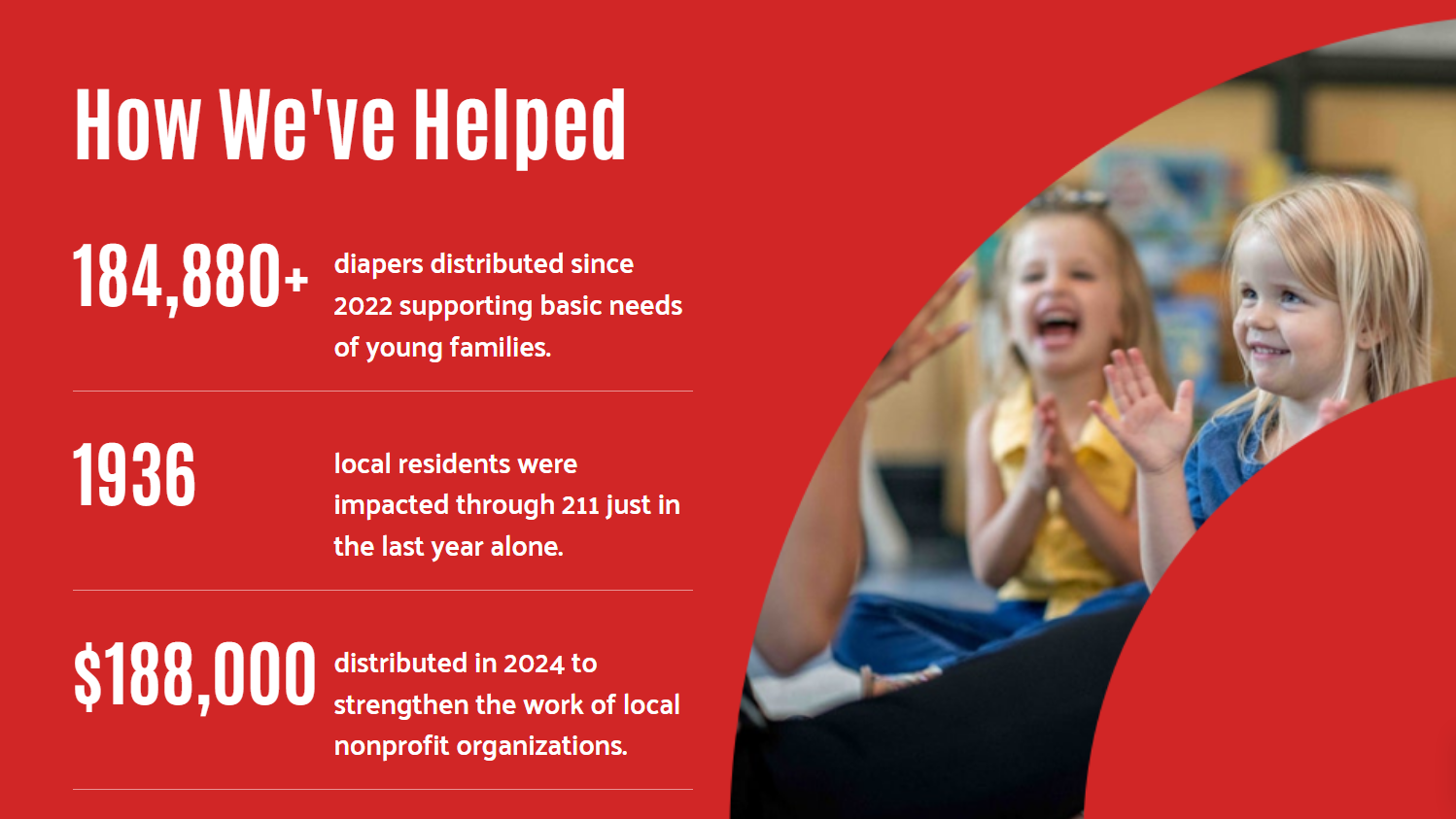
2. Have a "Donate" Button That's Always Visible and Always Works
If someone wants to support your cause, don’t make them search for the donate button.
According to the M+R Benchmarks 2023 report, 18% of nonprofit website visitors who landed on a donation page completed a gift, making the donation page one of your highest-converting assets.
Make donating effortless.
What works:
- Bold and visible on every page: A sticky "Donate Now" button on the top right, in a contrasting color like red or bright green.
- Mobile-optimized and fast-loading: One of our clients lost 15% of donors due to slow mobile donation pages. We helped them cut load time to under 3 seconds.
- Secure payment platform: Use Stripe, PayPal, or Qgiv with clear security indicators, such as lock icons or trust badges.
- Suggested giving levels: Offer options like $25, $50, $100, and a custom field, with descriptions: "$50 = weekend food bag for one student."
- Recurring options: A checkbox: "Make this a monthly gift" near the donation amount selection.
SPOTLIGHT: One of our clients increased donations by 37% after redesigning their giving experience to focus on simplicity and trust.
Example: High Country United Way
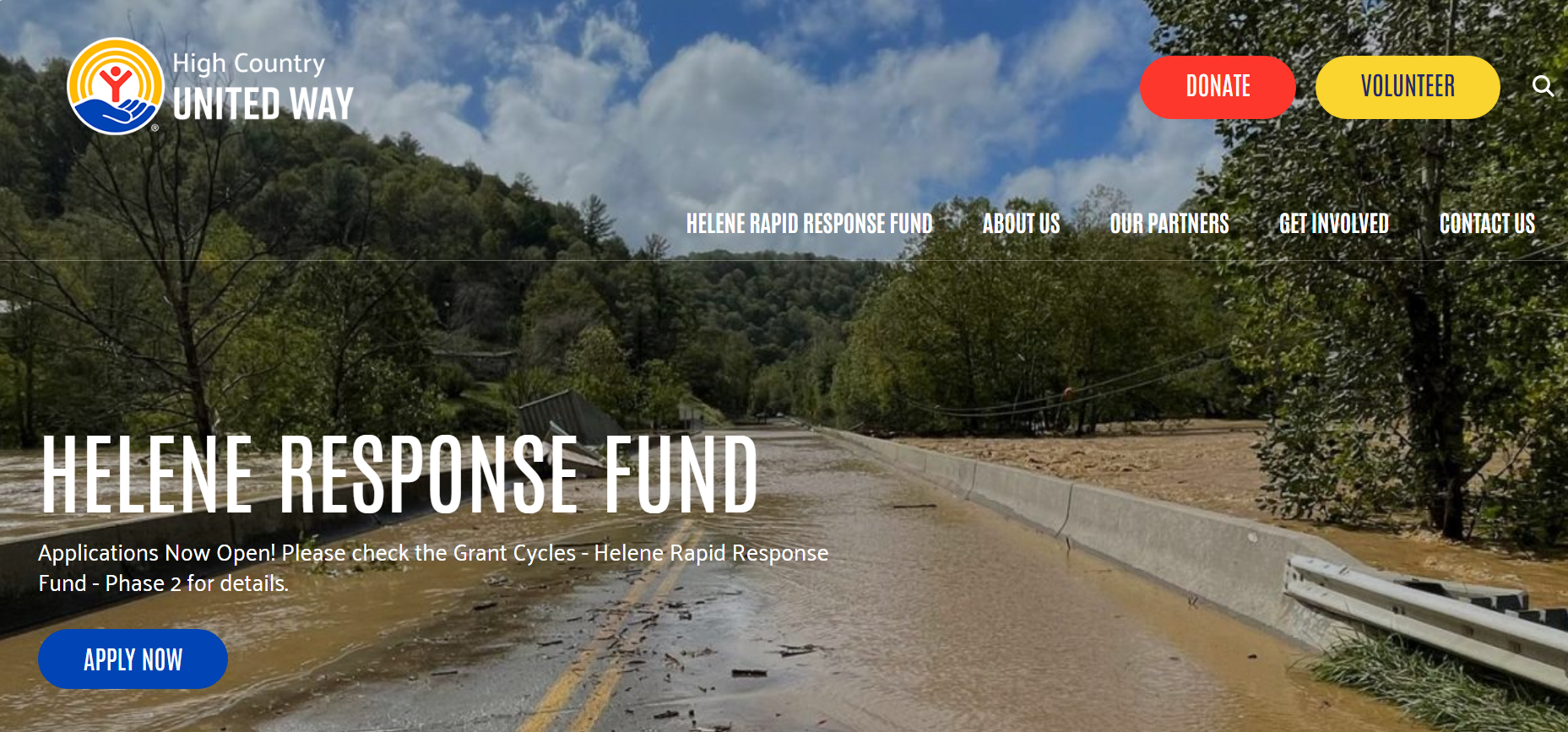
3. A Mobile-First Design Approach
More than 60% of nonprofit website traffic comes from mobile devices. If your site isn’t mobile-friendly, you’re missing out.
Design for phones first, not just desktops.
What works:
- Fast load times: Compress large images, use lazy loading, and test with PageSpeed Insights.
- Readable fonts and tap-friendly buttons: 16px+ font, buttons no smaller than 44px.
- Single-column layout for key pages: Avoid sidebars and wide tables that get cut off on phones.
- Mobile-friendly forms: Dropdowns and checkboxes that are easy to use with thumbs. Use autofill.
TEST THIS NOW: Visit your nonprofit’s site on your phone and try making a donation or signing up to volunteer. If it’s frustrating, it’s time for a change.
Example: Unity Worldwide Ministries donate page

4. Accessibility for All Audiences
An estimated 1 in 4 adults in the U.S. lives with a disability. That means accessibility isn’t optional, especially for mission-driven organizations serving the public.
Ensure everyone can interact with your site.
What works:
- High color contrast: Use accessibility tools to check contrast ratios, such as dark navy text on a white background.
- Alt text for images: "Volunteer handing out meals to family" instead of "image1.jpg"
- Keyboard navigation: Tab through all menus, buttons, and forms without a mouse.
- Descriptive link text: "Read about our housing program" instead of "Click here."
- Captions for videos: Especially for testimonial or program highlights.
ACCESSIBILITY: At OneEach, we can build accessibility into your site. We can also conduct a free website accessibility audit of your current site and provide a report.

5. Event Calendar and Registration Features
According to Nonprofit Tech for Good, event participation is one of the top 3 actions supporters take on nonprofit websites, after donating and reading about programs.
Events drive engagement and visibility.
What works:
- Filterable calendar system: Let users search by category (Fundraiser, Training, Volunteer Opportunity).
- Easy back-end updates: Use tools like The Events Calendar or custom Drupal modules.
- Online RSVP or ticketing: Integrate with calendar platforms or your CRM.
- Auto reminders: Set up email/SMS reminders 24 hours before the event.
- Event recaps: Post photos, videos, and a short summary to drive fear of missing out (FOMO) and future attendance.
PRO TIP: Your calendar shouldn’t be a static list. Make it interactive, filterable, and informative.
Example: VPAS Navigating Aging Together calendar

6. Volunteer Sign-Ups That Actually Convert
Over 63 million Americans volunteer each year, and most of them start online when looking for opportunities. Make it seamless.
Simplify the path to involvement.
What works:
- Call To Action (CTA) on homepage: "Get Involved" button linking to volunteer hub.
- Searchable opportunities: Use filters like interest area (Animals, Education), location, or time.
- Shift sign-up functionality: Let users pick specific dates/times for volunteer needs.
- Automatic confirmations/reminders: Integrate with your automated email system.
- Profiles: Allow volunteers to track their hours or see their impact.
INSIGHT: Retention improves dramatically when volunteers receive timely communication and feel that their contribution is organized and impactful.
Example: United Way of Bemidji Area volunteer options
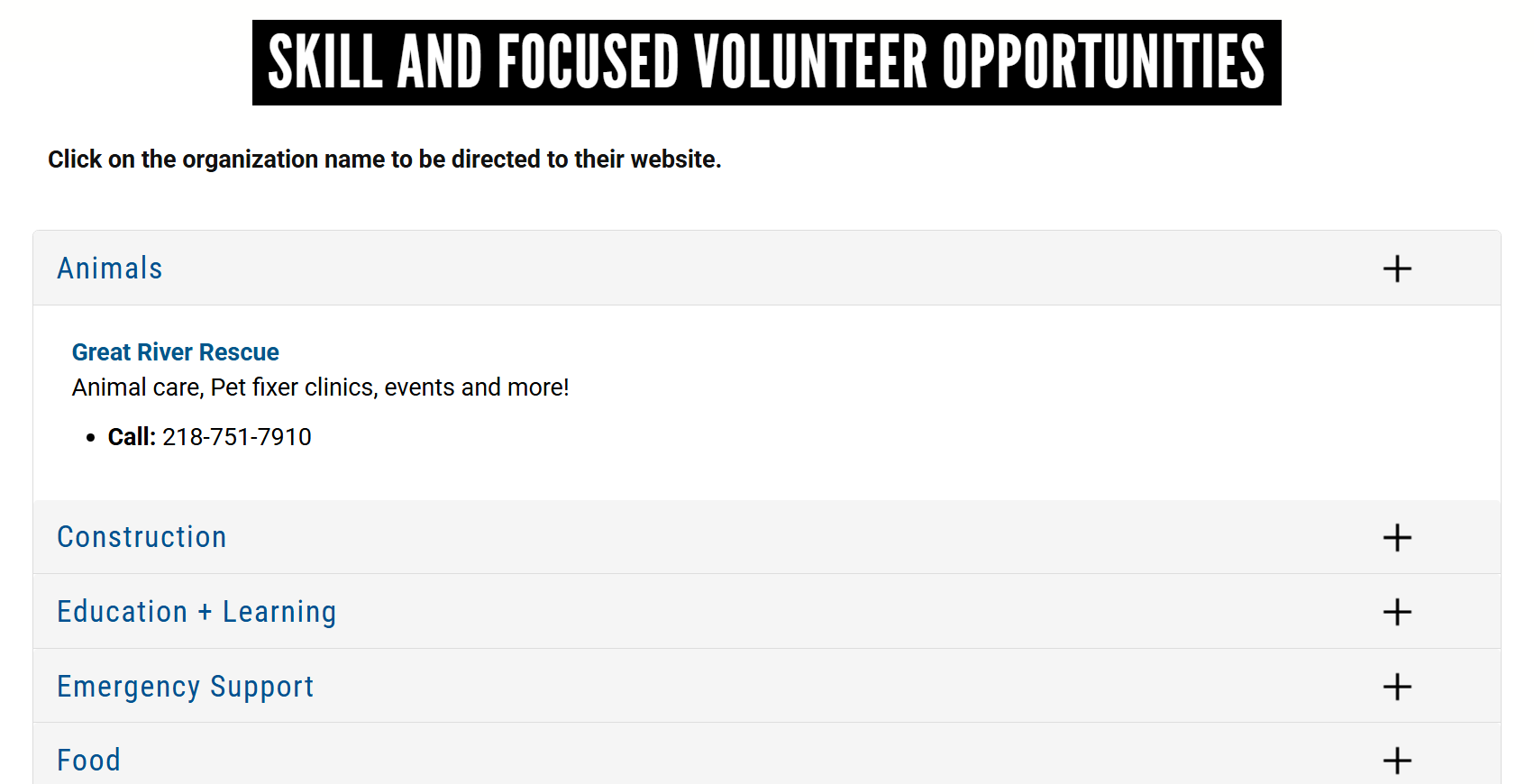
7. A Blog or News Section That Tells Your Story
According to HubSpot, websites with active blogs get 55% more visitors and 97% more inbound links. For nonprofits, that means more eyes on your mission and more opportunities to connect.
Keep your site fresh and improve the SEO for your nonprofit.
What works:
- Impact stories: "Meet Juanita: A grandmother raising three grandkids, now with housing support."
- Program updates: New grants, initiatives, or partnerships.
- Volunteer spotlights: Highlight long-time or exceptional volunteers.
- Campaign progress: Share milestones, "We've reached 75% of our goal!"
- Multimedia: Embed photos, YouTube videos, or graphics in posts.
PRO TIP: Use photos, videos, and infographics to keep posts engaging and boost time-on-page.
Example: SVDP Disaster Services House in a Box Program
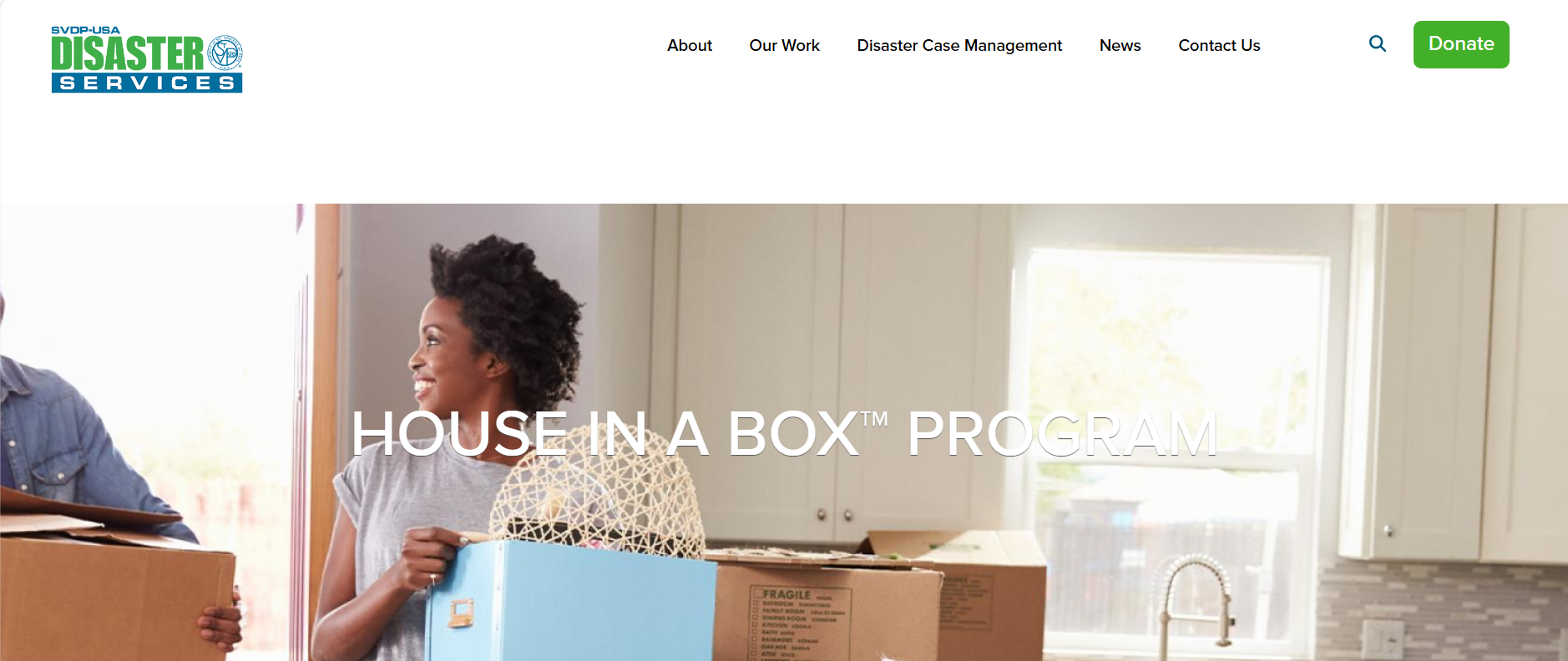
8. Donor and CRM Platform Integrations
Manual data entry wastes time and creates errors. Integrating your website with your donor and CRM platforms saves hours and enables smarter follow-ups.
According to the Salesforce Nonprofit Trends Report, 78% of nonprofit leaders say technology helps them better manage donor relationships.
Streamline your data and personalize outreach.
What works:
- Real-time syncing: Auto-import donations to platforms such as Bloomerang and Qgiv.
- Custom fields: Capture gift reason, referral source, or program preference.
- Segmentation: Send custom thank-you emails or tax receipts based on donation type.
- Tracking engagement: Monitor how donors interact with event invites, newsletters, etc.
- Reporting: Automatically generate giving summaries and trends for board meetings.
PARTNERS: OneEach websites are designed to connect with your existing tools, or we can help recommend the right ones.
Example: Check out our valued partners

9. Testimonials and Social Proof That Build Trust
Trust is one of the most important factors in giving decisions. Studies show that social proof, such as reviews or testimonials, can increase conversions by up to 34%.
Trust inspires action.
What works:
- Photos and quotes from real people: "This organization saved my family during the pandemic. - Marcus J."
- Partner logos: Local governments, foundations, chambers of commerce.
- Badges: Charity Navigator stars, GuideStar seals, BBB accreditation.
- Press features: Embed or link to recent articles or news clips.
- Numbers that matter: "94% of donations go directly to programs."
PRO TIP: Use real names and photos whenever possible to avoid the “stock photo” trap.
Example: United Way Northeastern Minnesota
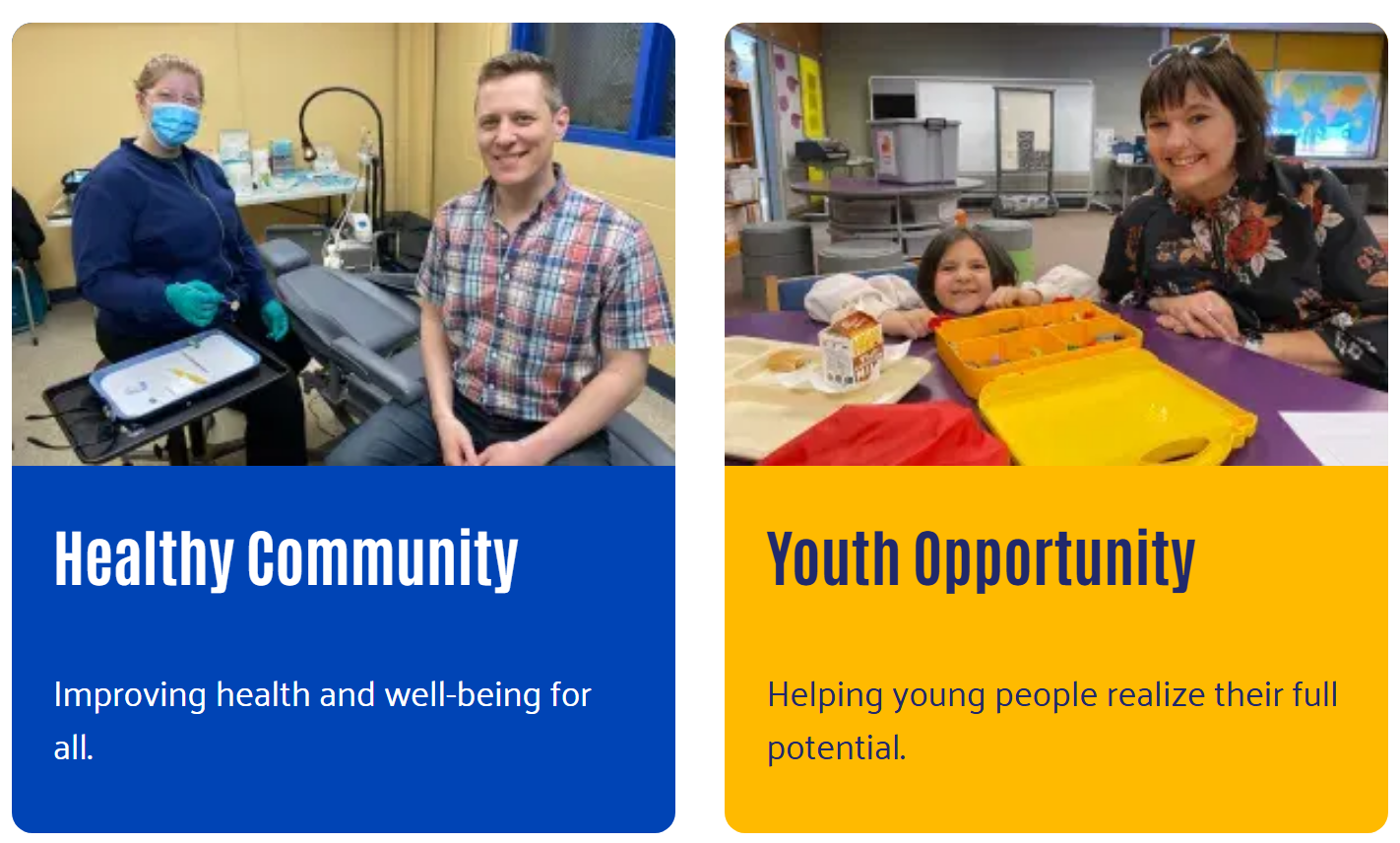
10. Secure Hosting and Ongoing Website Support
Cybersecurity threats are growing across all sectors, and nonprofits are no exception. In fact, nonprofits are considered “soft targets” because they often lack IT resources.
Peace of mind, uptime, and performance.
What works:
- Hosting on AWS: Ensures scalability and uptime.
- SSL certificates: Automatically renew every 90 days; visible padlock in browser.
- Daily backups: Roll back in case of data loss or errors.
- Firewalls and malware scans: Protect against cyber threats.
- 24/7 support: OneEach provides always-on monitoring and a dedicated account team.
OUR PROMISE: Secure hosting, dedicated account managers, a knowledge base full of resources, monthly nonprofit website training webinars, and 24/7 U.S.-based critical support.
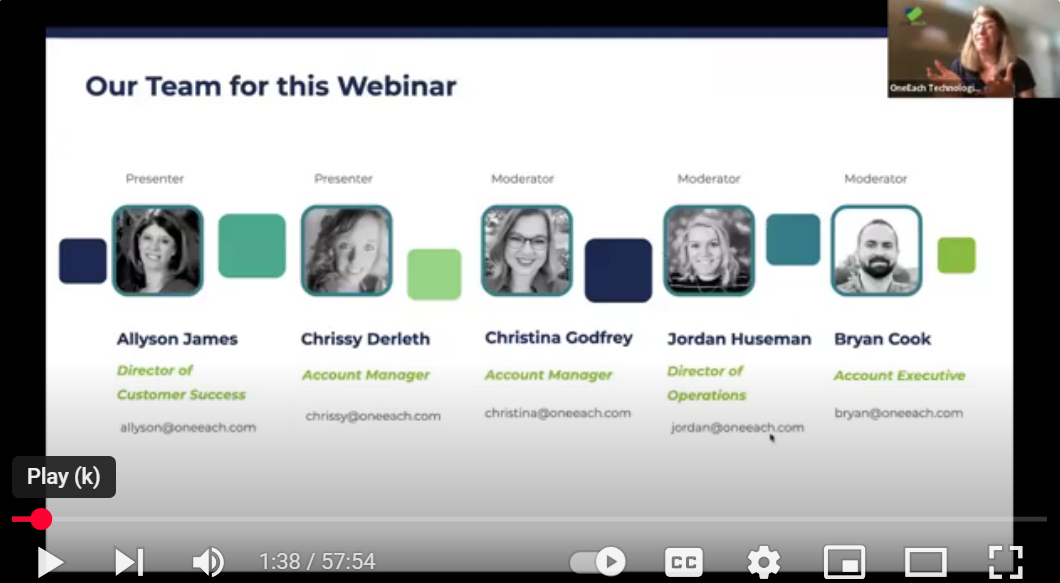
In Summary: Your Nonprofit Website Design is Your Most Valuable Digital Asset
Your website isn’t just a tool, it’s a digital extension of your mission. When designed intentionally, it can drive donations, recruit volunteers, elevate your story, and build long-term support.
These aren’t just features we’ve covered, they’re fundamentals. If your site is missing more than a few, it’s probably not working as hard as it could for your mission.
These 10 features are based on our decades of helping nonprofits modernize their digital presence and amplify their impact. If your current website isn’t delivering, we can help.
At OneEach, we build affordable nonprofit websites that do more than look good; they raise more, engage more, and serve more.
Contact us to:
- Schedule a free website audit
- See examples of nonprofit websites that get results
- Explore Mindful Giving, our in-kind donation platform powered by Amazon Business
Your mission deserves a digital platform that works just as hard as you do.
Let’s build it together.
